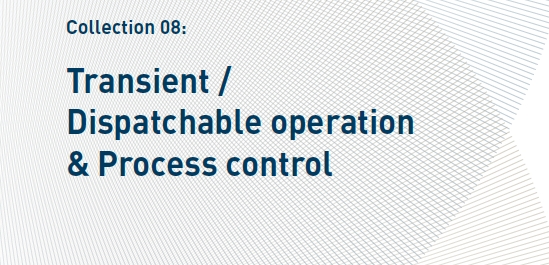6. Scale-up and Transient Operation of CO2 Capture Plants at CO2 Technology Centre Mongstad (2014)
G.M. de Koeijer, Statoil ASA, K.I. Aasen, Statoil ASA, E.S. Hamborg, TCM DA


The CO2 Technology Centre Mongstad (TCM) is the world’s largest facility for testing and improving technologies for CO2 capture. The knowledge gained will prepare the ground for full scale CO2 capture initiatives to combat climate change. TCM is a joint venture between the Gassnova, Statoil, Shell and Sasol. It is located at the West coast of Norway, north of the city Bergen. This paper will discuss the scale-up and transient operation of amine based post-combustion CO2 capture plants in general, and presents some typical results. Scale-up and transient operation are typically among the last topics to be assessed in the technology development process because it requires bigger plants.
Results from the monoethanolamine (MEA) campaign that was executed in fall/winter 2013/2014 were used. Normalized transient data were presented for 7 important variables during a plant stop and restart and a sudden stop case. Stable CO2 product flow could be obtained after 3-4 hours, while stable emissions and CO2 product temperature took 1-2 hours more. NH3 emissions showed a peak after restart due to accumulation in the solvent during the stop. It was concluded that amine based CO2 capture plants should be able to follow their power plants without significant additional CO2 emissions. Furthermore, the discussion on scale-up showed that the process of upscaling is ongoing and that emissions, material choice, construction method, vapour/liquid distribution and reclaiming are important technical aspects of this process. The main non-technical learning for efficient upscaling is to systematically learn from previous projects on how to build and operate cheaper.
This article is behind a paywall. For futher information: https://onepetro.org/SPEADIP/proceedings-abstract/14ADIP/3-14ADIP/D031S045R003/210190
